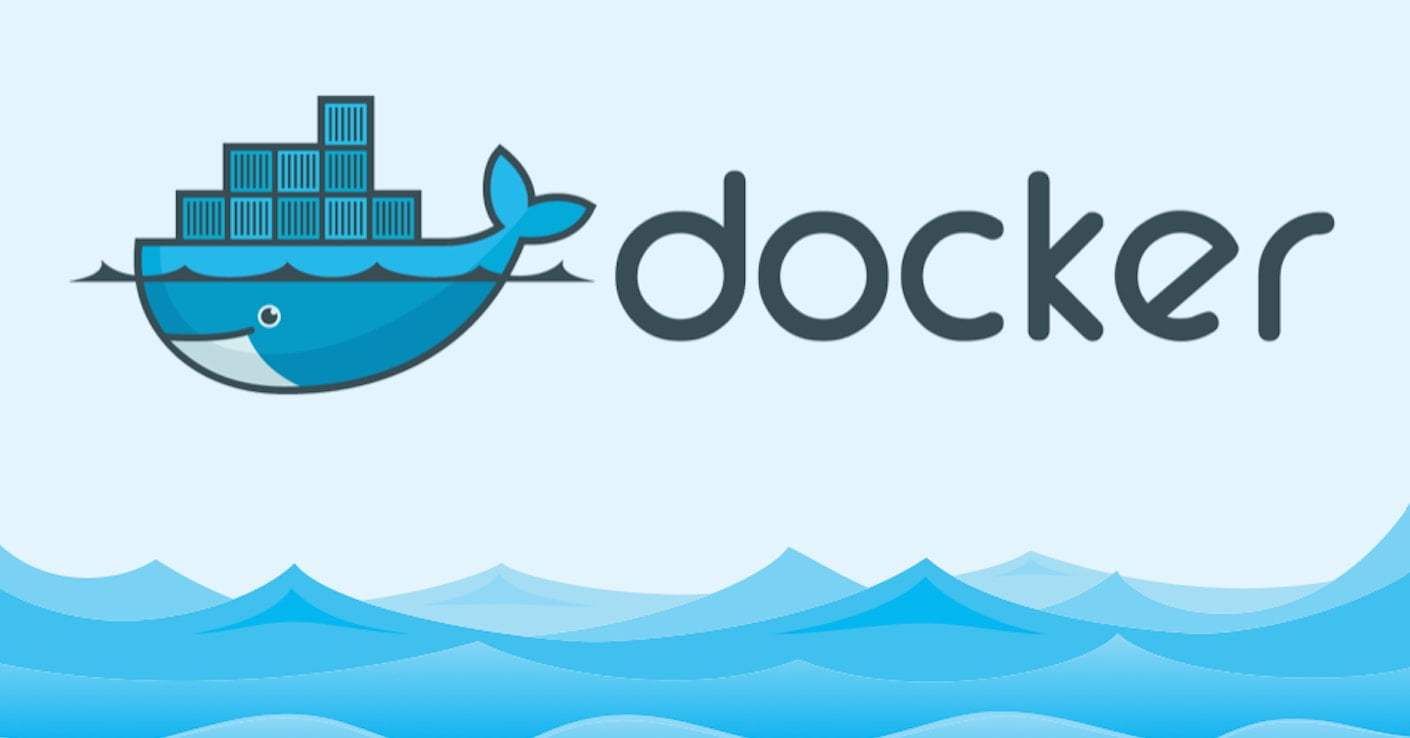



- #Docker run image background install
- #Docker run image background full
- #Docker run image background code
- #Docker run image background series
- #Docker run image background windows
The getting started guide on Docker has detailed instructions for setting up Docker on Mac, Linux and Windows. Lately however, Docker has invested significantly into improving the on-boarding experience for its users on these OSes, thus running Docker now is a cakewalk.
#Docker run image background windows
Until a few releases ago, running Docker on OSX and Windows was quite a hassle. Getting all the tooling setup on your computer can be a daunting task, but thankfully as Docker has become stable, getting Docker up and running on your favorite OS has become very easy. If you're interested in following along, please create an account on each of these websites: As we proceed further along the tutorial, we'll make use of a few cloud services. Prior experience in developing web applications will be helpful but is not required.
#Docker run image background install
If you don't have Git installed on your system, either install it or remember to manually download the zip files from Github.

This tutorial uses git clone to clone the repository locally. There are no specific skills needed for this tutorial beyond a basic comfort with the command line and using a text editor. If you find any part of the tutorial incompatible with a future version, please raise an issue. Note: This tutorial uses version 18.05.0-ce of Docker.
#Docker run image background code
All the code used in the tutorial is available in the Github repo. In each section, we will be typing commands (or writing code).
#Docker run image background series
This document contains a series of several sections, each of which explains a particular aspect of Docker. Even if you have no prior experience with deployments, this tutorial should be all you need to get started. We'll be using Amazon Web Services to deploy a static website, and two dynamic webapps on EC2 using Elastic Beanstalk and Elastic Container Service. Apart from demystifying the Docker landscape, it'll give you hands-on experience with building and deploying your own webapps on the Cloud. This tutorial aims to be the one-stop shop for getting your hands dirty with Docker. In fact, Google credited containers for eliminating the need for an entire data center. Companies like Google, Facebook, Netflix and Salesforce leverage containers to make large engineering teams more productive and to improve utilization of compute resources. This gives developers the ability to create predictable environments that are isolated from the rest of the applications and can be run anywhere.įrom an operations standpoint, apart from portability containers also give more granular control over resources giving your infrastructure improved efficiency which can result in better utilization of your compute resources.ĭue to these benefits, containers (& Docker) have seen widespread adoption. This decoupling allows container-based applications to be deployed easily and consistently, regardless of whether the target environment is a private data center, the public cloud, or even a developer’s personal laptop. Why use containers?Ĭontainers offer a logical packaging mechanism in which applications can be abstracted from the environment in which they actually run. But this isolation comes at great cost - the computational overhead spent virtualizing hardware for a guest OS to use is substantial.Ĭontainers take a different approach: by leveraging the low-level mechanics of the host operating system, containers provide most of the isolation of virtual machines at a fraction of the computing power.
#Docker run image background full
VMs are great at providing full process isolation for applications: there are very few ways a problem in the host operating system can affect the software running in the guest operating system, and vice-versa. VMs run applications inside a guest Operating System, which runs on virtual hardware powered by the server’s host OS. The industry standard today is to use Virtual Machines (VMs) to run software applications. Unlike virtual machines, containers do not have high overhead and hence enable more efficient usage of the underlying system and resources. The key benefit of Docker is that it allows users to package an application with all of its dependencies into a standardized unit for software development. to easily deploy their applications in a sandbox (called containers) to run on the host operating system i.e. In simpler words, Docker is a tool that allows developers, sys-admins etc. Written and developed by Prakhar SrivastavĪn open-source project that automates the deployment of software applications inside containers by providing an additional layer of abstraction and automation of OS-level virtualization on Linux. Learn to build and deploy your distributed applications easily to the cloud with Docker


 0 kommentar(er)
0 kommentar(er)
